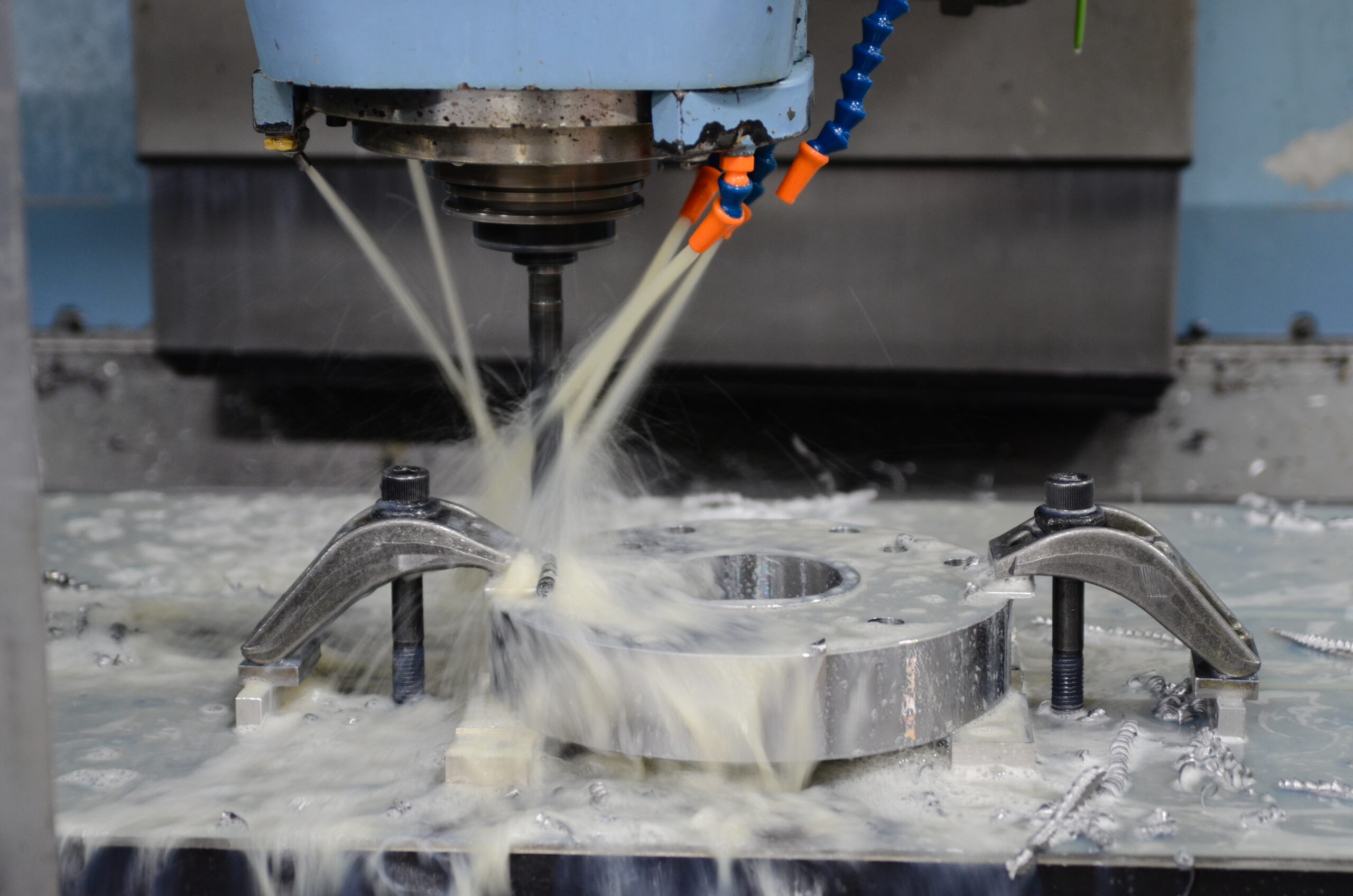
The Distinct Difference between CAD and CAM, covers the roles and benefits of CAD and CAM in product design and manufacturing.
In the world of product design and manufacturing, CAD (Computer-Aided Design) and CAM (Computer-Aided Manufacturing) are two terms that are often used interchangeably. In fact, they are different technologies. Understanding the difference between CAD and CAM is crucial for professionals in the design, engineering, and manufacturing fields, as well as for anyone who is interested in the future of product design and manufacturing.
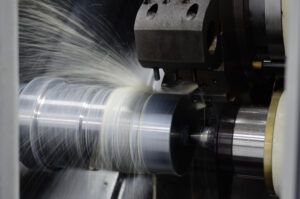
What is CAD?
CAD (Computer-Aided Design) is a digital technology that enables designers and engineers to create 2D and 3D models of products, parts, and assemblies. CAD software provides a virtual office for designers and engineers to create, edit, and analyze their designs before committing to physical production.
Key Features of CAD:
- 2D and 3D modeling capabilities
- Parametric modeling
- Assembly modeling
- Sketching and drafting tools
- Rendering and visualization tools
What is CAM?
CAM (Computer-Aided Manufacturing) is a technology that takes the design data created in CAD and changes it into machine-readable code for automated production. CAM software allows manufacturers to create tool paths, NC (Numerical Control) codes, and other control data necessary for CNC (Computer Numerical Control) machines to produce the designed parts.
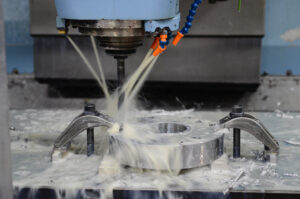
Key Features of CAM:
- Toolpath generation
- NC code generation
- Machine simulation and verification
- Post-processing capabilities
- Process optimization
The main difference between CAD and CAM
The main difference between CAD and CAM lies in their purpose. While CAD is mostly used for product design, CAM is used to automate the production process. CAD creates the design, while CAM takes that design and converts it into code that can be used to produce the final product. In other words, CAD is used to create the blueprint, while CAM is used to turn the blueprint into a physical product.
Why do we need both CAD and CAM?
CAD and CAM work together to streamline the product design and manufacturing process. In fact, by using CAD, designers and engineers can create detailed, accurate designs that can be easily edited and analyzed. CAM then takes those designs and automates the production process, reducing the risk of human error and increasing the efficiency and speed of production.
Common industries that use CAD and CAM
CAD and CAM are used in a variety of industries, including:
- Automotive
- Aerospace
- Consumer goods
- Medical devices
- Construction
- Energy and power
Frequently Asked Questions (FAQs)
- What is the difference between CAD and CAM software? As a matter of fact, the difference between CAD and CAM software lies in their purpose and the features they offer. CAD software is used for product design and provides tools for 2D and 3D modeling, sketching and drafting, and visualization and analysis. CAM software is used for automated production. It provides tools for tool path generation, NC code generation, machine simulation and verification, and process optimization.
- Can I use CAD for production? CAD software is not designed for production. While you can use it to create a design, it will not be able to convert the design into machine-readable code for automated production. For that, you need CAM software.
- Can I use CAM without CAD? No, CAM software requires the design data created in CAD in order to create the machine-readable code necessary for automated production. You cannot use CAM without first creating a design in CAD.
- Is CAD easier to use than CAM? Whether CAD or CAM is easier to use depends on the individual user and their specific needs. For product design, CAD may be easier as it provides a variety of design and visual tools. However, for automated production, CAM may be more appropriate as it offers special tools for tool path generation, machine simulation, and process optimization.
- Do I need to be an engineer to use CAD and CAM? While a background in engineering can be helpful, it is not a requirement to use CAD and CAM. With the right training and resources, anyone can learn how to use these technologies for product design and manufacturing.
Conclusion:
In conclusion, understanding the distinct difference between CAD and CAM is crucial for professionals in the product design and manufacturing fields. In fact, CAD provides designers and engineers with the tools to create accurate designs. Whereas CAM automates the production process by converting the design data into machine-readable code. These technologies work together to streamline the design and production process, resulting in faster, more efficient, and less error-prone production.
About QTE Manufacturing Solutions
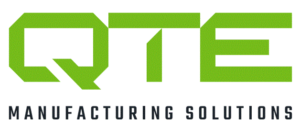
At QTE Manufacturing Solutions, we serve CNC manufacturers in Missouri, Illinois, Tennessee, Kansas, Oklahoma, and Arkansas. Before we make a recommendation, our experts will get to know your current equipment and expectations. Based on our analysis, we will make recommendations that will eliminate problems and advance your business.
But that’s just the beginning. Our customers have access to our support team so they always know how to use the software. Our solutions offer CAM software licenses and all-inclusive training packages to help put users on a fast track to becoming more competitive. We also sponsor various local events where our customers can learn about aspects of Mastercam. We invite you to join our Online network and community, where you will have access to the Mastercam Forum, Reseller support, EMastercam, Titans of CNC, and more.
QTE is a leading Mastercam CAD/CAM solutions and Verisurf Metrology solutions software reseller focused on helping CNC manufacturers solve challenges and optimize machining operations. Our job is to help you master yours. This way you can produce more parts and open new growth opportunities, by reducing CAD/CAM programming, and inspection time. Click the link below to learn more about how we can help optimize your CNC machines.
[thrive_link color=’green’ link=’https://qtemfg.com/talk-to-an-expert/’ target=’_blank’ size=’medium’ align=’aligncenter’]Talk to an Expert[/thrive_link]